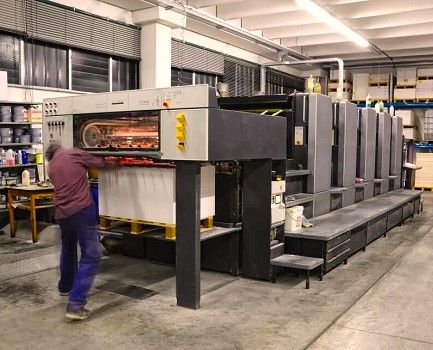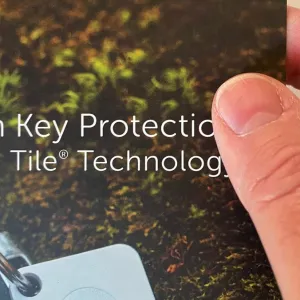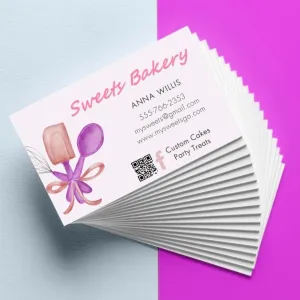7 Interesting Facts you might not know about Offset Printing

estimated reading time: 6 minutes
Offset Printing is the traditional form of printing,
where the ink is actually pressed onto the paper. The Offset printing method
requires the creation of printing plates. These plates are thin sheets of
aluminum or polyester that have been etched with the images to be printed.

Every ink color used for a particular print project receives
its own unique printing plate(s). Each plate is formed around a cylinder that
rotates. The inked images on each plate will transfer through a series of other rotating
cylinders and onto the paper.
Even though Offset printing plays a big role in modern print
communication, many people don't realize just how unique and innovative this
printing process really is.
Below are 7 Interesting Facts about Offset Printing that
will help you better understand how it works and why so many commercial
printing companies rely on it for exceptional results.…
1) It Is the Most Widely Used Printing Method in the World
When printing in volume, Offset Printing dominates all other
production methods for consistency, versatility, and cost-effectiveness. Chances
are the print materials you regularly interact with - such as magazines, catalogs,
or marketing materials - were produced using Offset technology.
The Offset process produces sharp details and vibrant colors
across hundreds or thousands of sheets. Its ability to produce such clean and
crisp images at high speeds - something alternative methods struggle to match -
has made Offset the print industry's worldwide standard for longer production runs.
2) An Offset Press Doesn't Print Directly to the Paper
Unlike Digital printing, Offset printing applies images to
paper using an indirect transfer process. So despite what many people may
think, Offset printing plates never actually touch the paper. The inked images
on the plate are first transferred to a rubber blanket and then to the paper.
This is accomplished using a series of rotating cylinders. First, a cylinder wrapped
with the printing plate receives ink on its image areas. This plate cylinder then comes in contact with another cylinder that is wrapped in a rubber blanket. The inked image is then offset onto the rubber blanket. As the paper sheet travels between the blanket
cylinder and an impression cylinder, the inked image on the rubber blanket is offset onto the
paper.
The flexible rubber blanket used in this indirect printing
process not only reduces wear on the printing plate, it conforms to the surface
of the substrate to provide exceptionally smooth and detailed output, even on rough
or textured paper stocks.
3) Offset Printing Was Invented Over 100 Years Ago…Due to a Mistake
The roots of Offset printing date back to the early 1900s.
The first Offset press for printing on paper was credited to Ira Washington Rubel,
the owner of a small paper mill and lithographic shop in Nutley, New Jersey. Prior
to Rubel's discovery, lithography printing transferred inked images directly
from a metal plate onto the paper.

In 1903, one of Rubel's workers missed the step of feeding a
sheet of paper through the lithographic press, causing the inked image on the
plate to first transfer to the press's rubber impression cylinder and then to
the paper. Rubel noticed this made a sharper image on the paper than the images
that were transferred directly from the metal plate to the paper. Because the
rubber could press the ink more smoothly onto the paper than the metal plate
could, the resulting image was much higher quality.
Rubel began modifying his press to intentionally offset the
inked image from the plate to the rubber blanket and then from the rubber
blanket to the paper. By 1904, Rubel had engineered one of the first practical Offset
presses for printing on paper.
Since then, Offset printing technology has improved
dramatically through automation, computer-to-plate systems, color management
software, and expanded material compatibility. Its longevity is a testament to
how well the core concept still works.
4) Offset Printing Works on the Principle of "Water and Oil Don't Mix"
Offset printing relies on the chemistry between oil-based ink
and water. Printing plates are treated so that the image areas attract ink
while water protects the non-image areas. The mutual repulsion keeps ink from
spreading into places it shouldn't.
This simple principle of oil and water naturally repelling
each other is what enables Offset printing to produce crisp, sharply defined
images and text. Mastering the balance between ink and water is one of the
essential skills an Offset press operator must have.
5) Offset Printing Presses Can Run at Very High Speeds
Commercial Offset presses are built for fast, continuous
operation. They can produce thousands of prints per hour, making them ideal for
large quantities where efficiency and consistency are vitally important. Even though Offset
printing requires the creation of printing plates and some upfront time for
press set-up, its high speed operation helps improve the turnaround time for
large projects.
Offset presses are either sheet-fed or roll-fed. Sheet-fed Offset
presses print on individual sheets of paper which are fed into the press one
after the other. Sheet-fed Offset printing can produce 10,000 to 18,000 impressions
per hour.
Roll-fed Offset presses, also known as Web presses, print on
a continuous roll of paper that winds through the press using a system of
rollers and tensioners. The paper is trimmed into individual sheets after being
printed. Roll-fed Offset presses, which are used primarily for very long
production runs, are faster than sheet-fed presses and can generally produce 50,000+
impressions per hour.

6) Some Offset Presses Can Print on Both Sides of a Sheet in One Pass
Known as "perfecting presses," some Offset presses can
automatically flip the paper during the printing process so that both the front
and back of the sheet get printed during a single pass through the press. This feature
is especially beneficial for long-run book, magazine, catalog, and brochure
projects.
All roll-fed Offset presses can print on both sides of the
paper during a single press run. However, not all sheet fed presses have this
capability. If a sheet-fed press doesn't have perfecting capabilities, it can
still print on both sides by manually flipping the paper after one side has
been printed and then sending it back through the press to print the other
side.
7) Offset Printing Offers Far More Options than Digital Printing
Compared to Digital printing, Offset printing supports a
wider variety of paper types and textures. It can also print on larger sheet
sizes and thicker paper stocks.
Offset printing is also compatible with all types of specialty
coatings. Plus, the Offset method can print every single Pantone spot color - something
digital printing equipment has a limited ability to perform.
In addition, Offset printing is compatible with just about every
specialty print option, including metallic and fluorescent inks, embossing,
foil stamping, die-cutting, heavy ink coverage and more. This wide range of
choices enables designers to create high-impact printed pieces that grab attention.
Are You Looking for Affordable Offset Printing Services?
As a full-service printing company, Color Vision has all the Offset printing capabilities you might need. We can produce projects using
CMYK 4-color process, Pantone spot colors, Black/Grayscale, or any combination
of these color systems to achieve the exact look you are after. Plus, we offer a
wide array of finishing and bindery options to further enhance your project.
So if you are looking for a quote on books, brochures,
catalogs, postcards, calendars, or any other type of custom printing, simply use
our easy Quote Request form to submit the details and we'll be happy
to email a quote to you. Or, if you prefer to discuss your project by phone, give
us a call at 800-543-6299.
Since 1984, Color Vision has delivered personalized service and cost-effective print solutions. Whatever your custom printing goals may be, our team is ready to assist you every step of the way. We look forward to working with you!
Related Articles

Serif vs Sans Serif Fonts: Which to use for a Print Project?
Read This Article

7 Interesting Facts you might not know about Offset Printing
Read This Article

Print Marketing: Exploring the Allure of a Soft Touch Finish
Read This Article

Business Card Printing: 5 Common Mistakes to Avoid
Read This Article